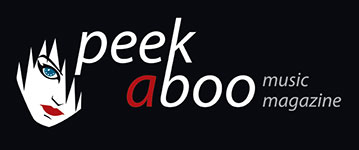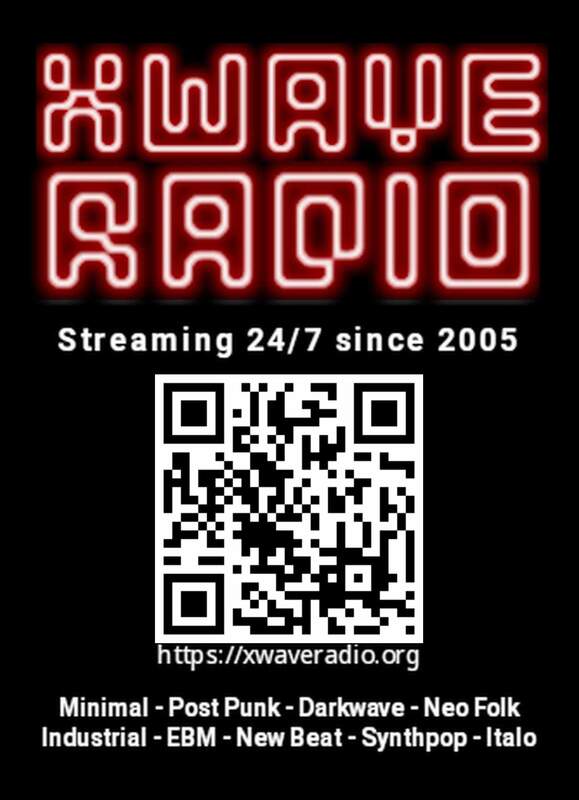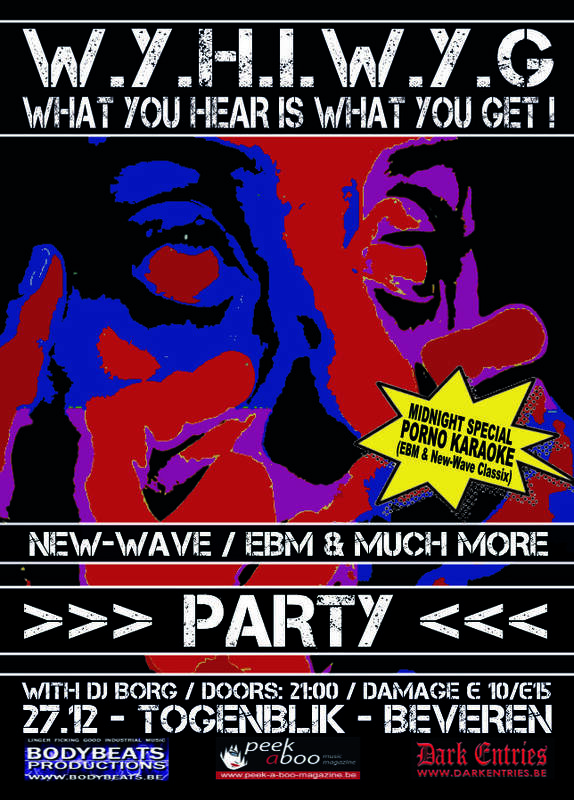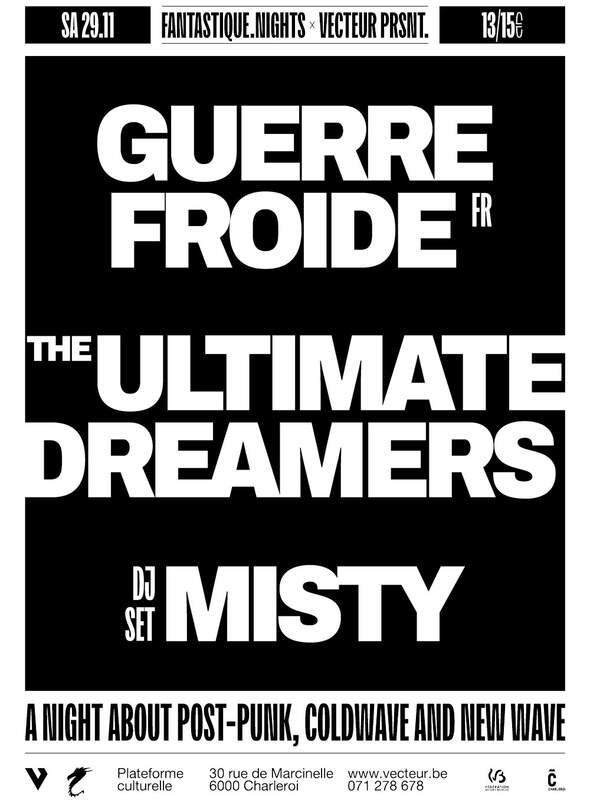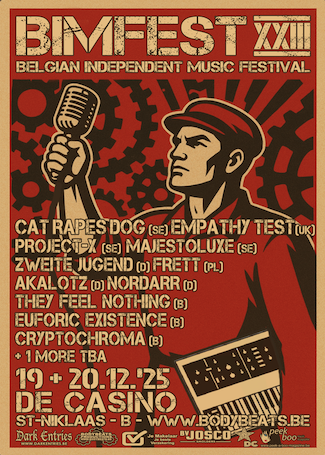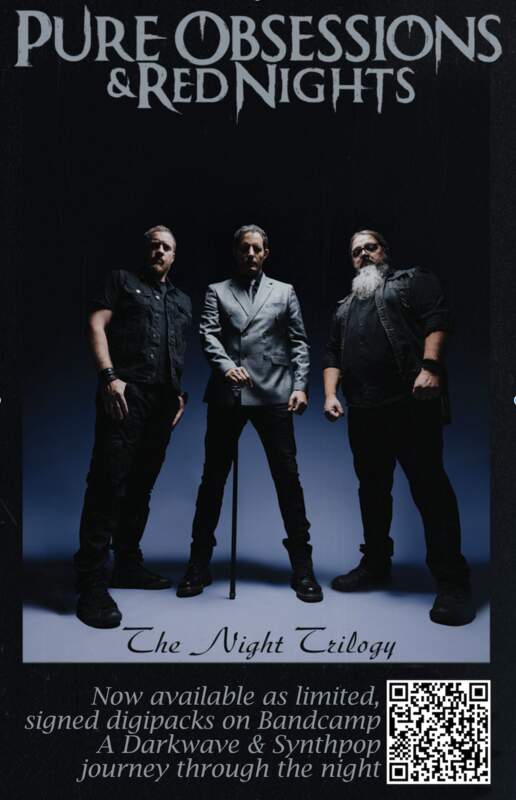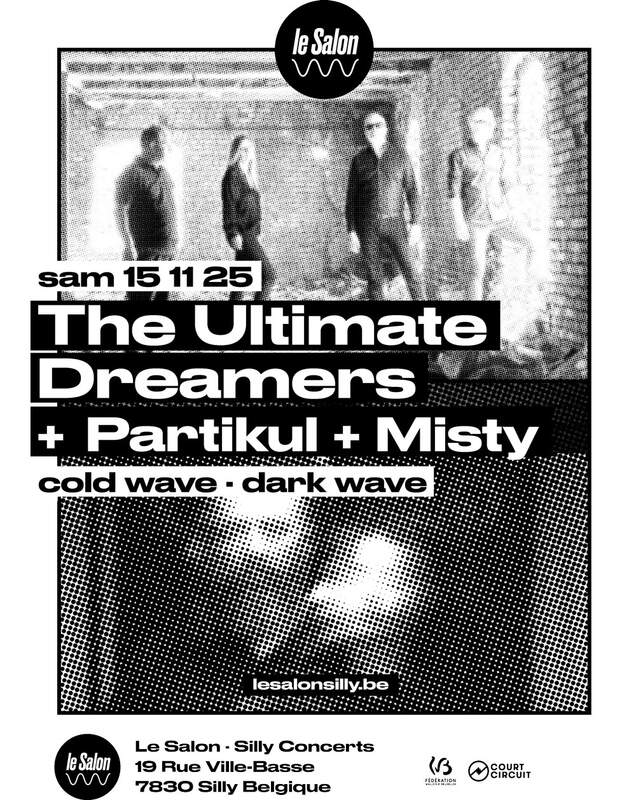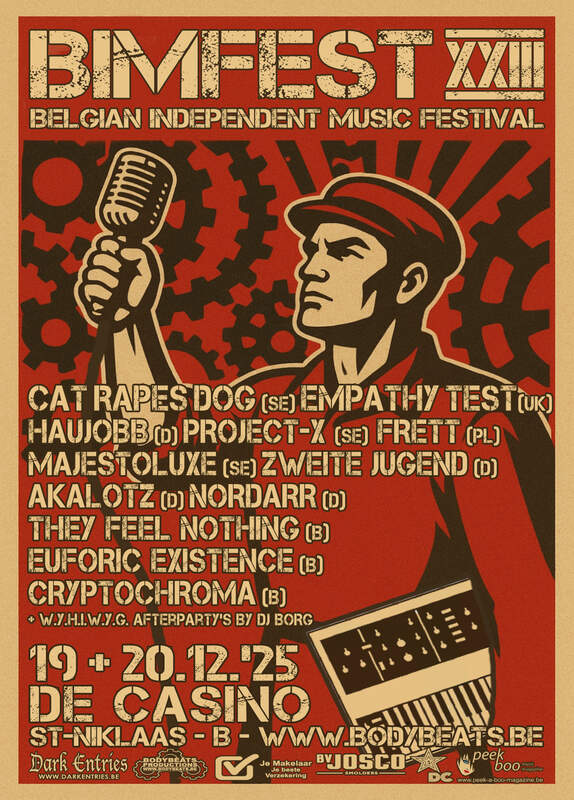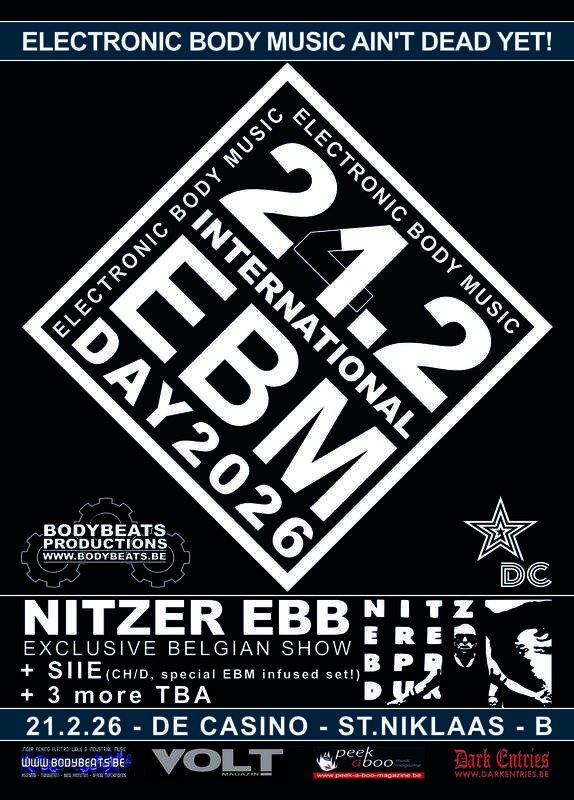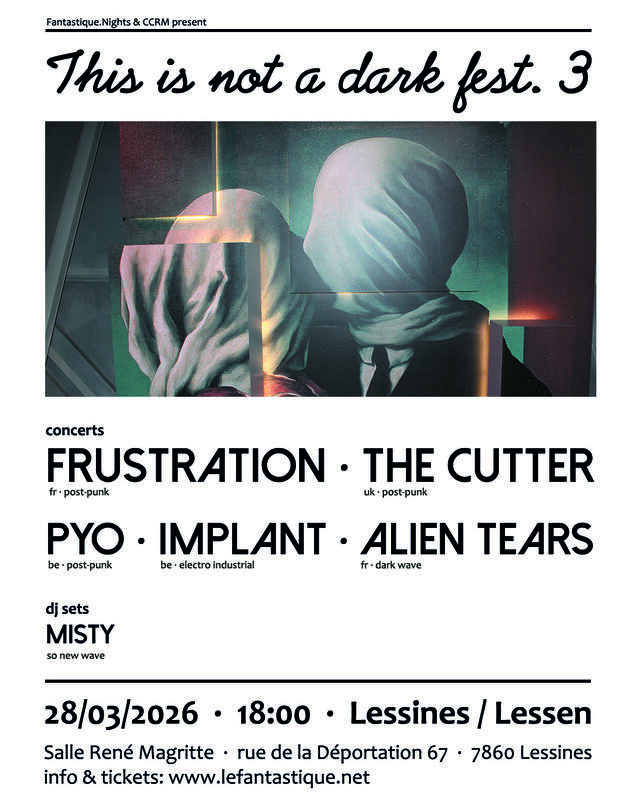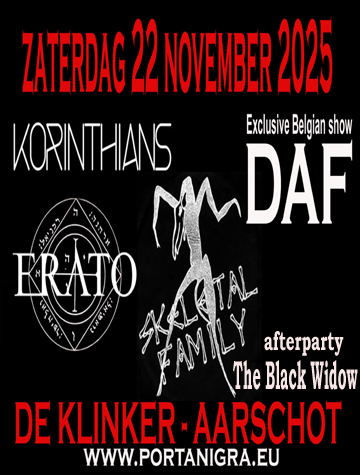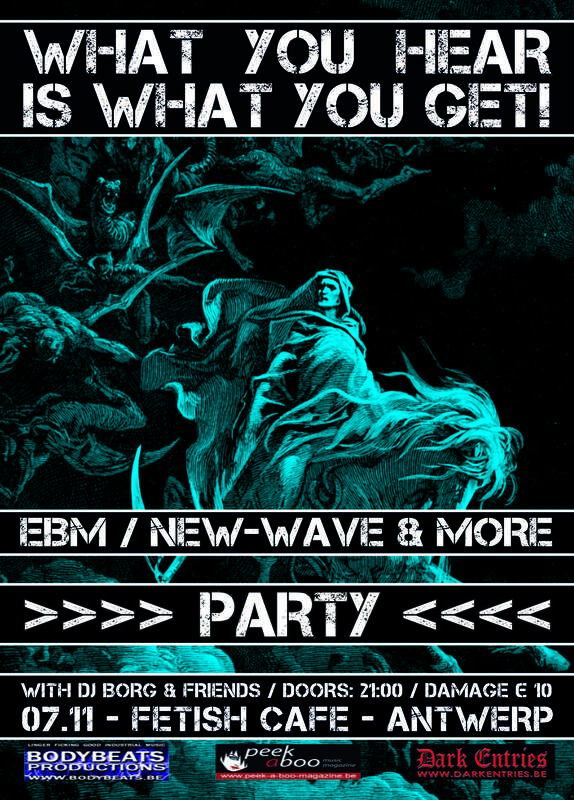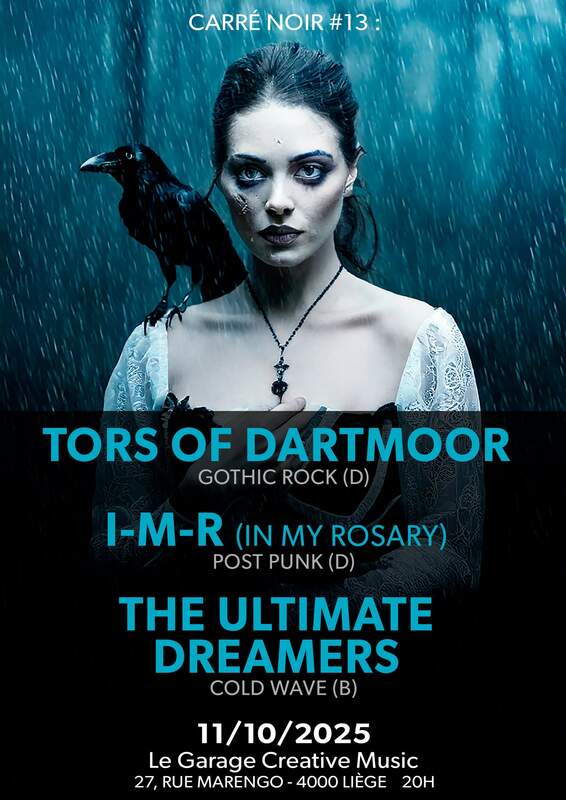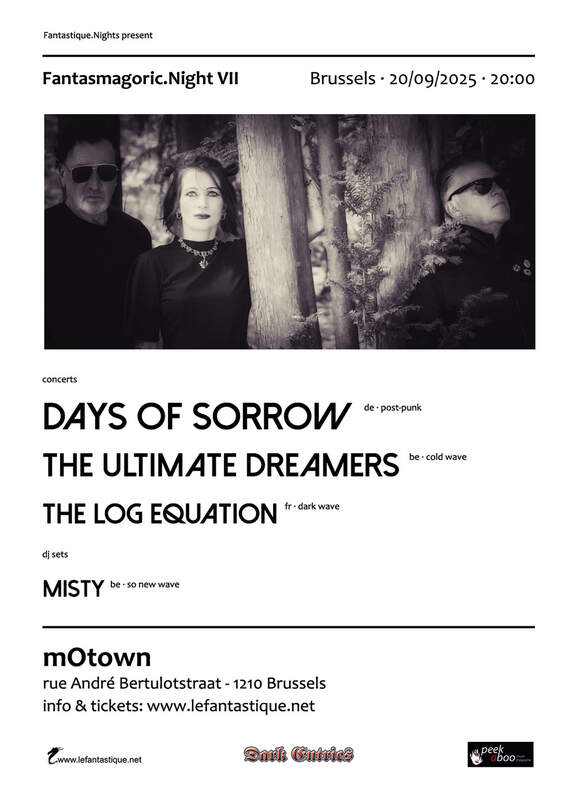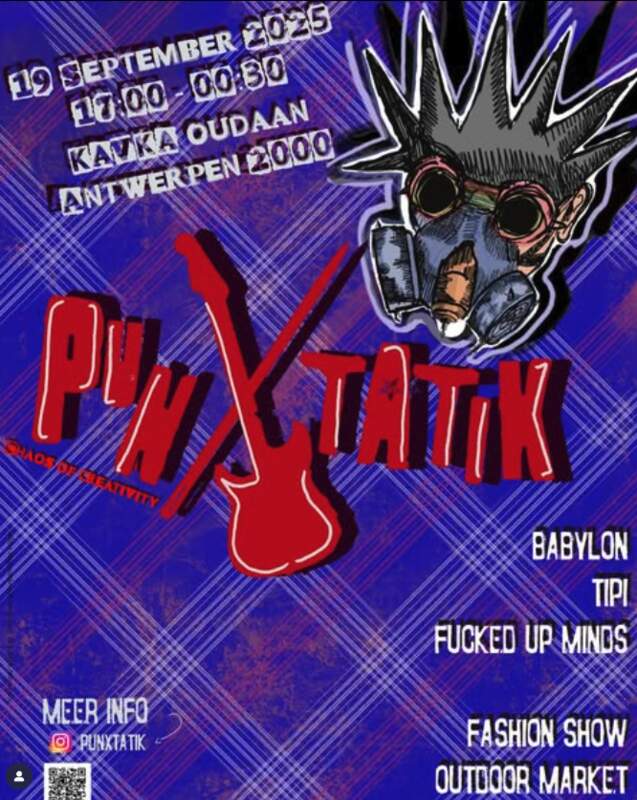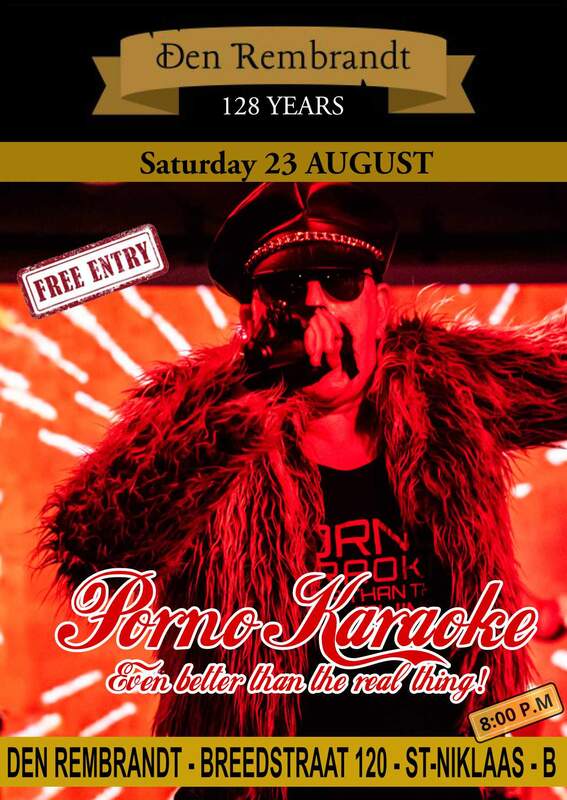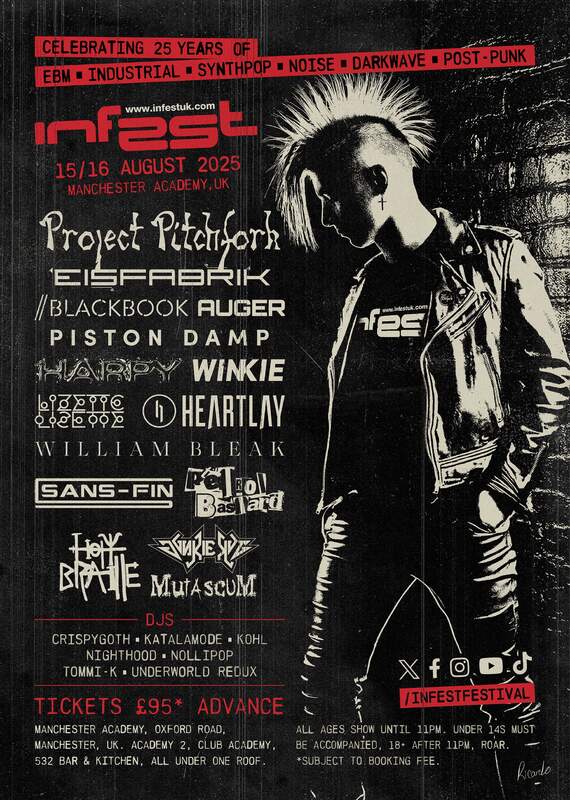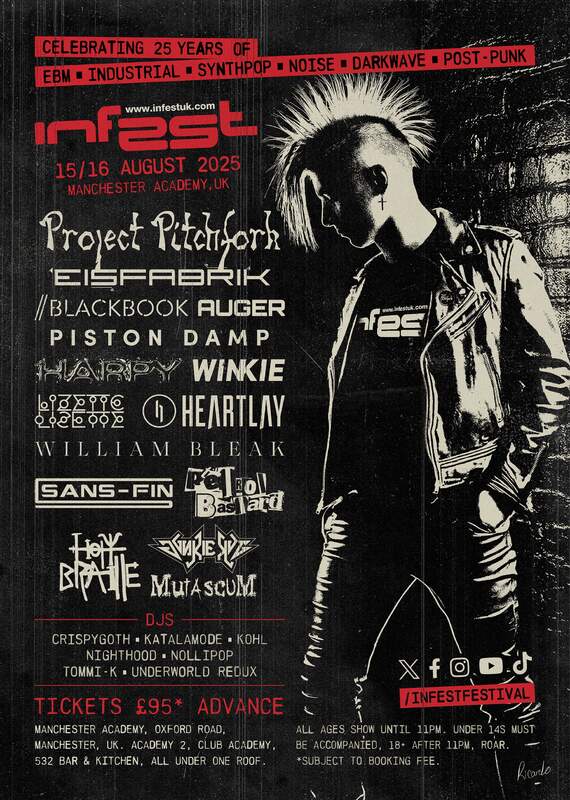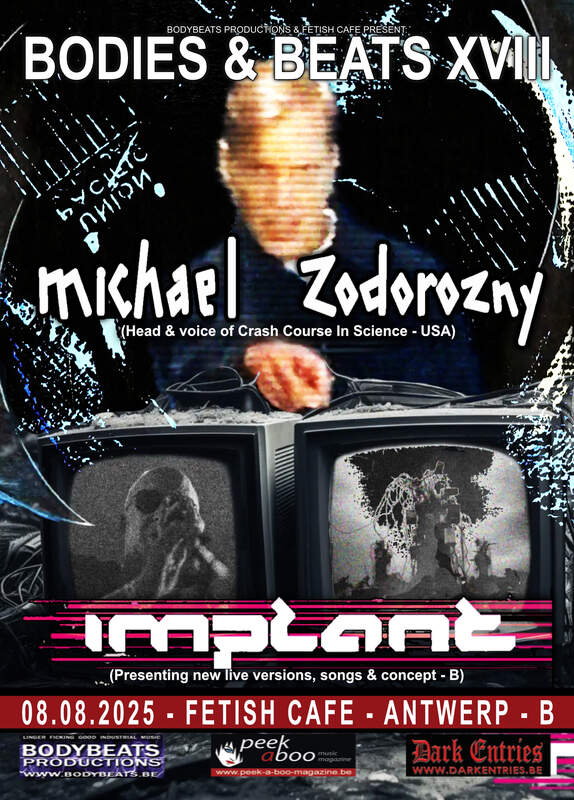Hauschka is a composer, songwriter and experimental musician who has brought an exciting new
perspective to the prepared piano. The prepared piano – a technique for getting new sounds from
the acoustic keyboard by resting pieces of paper or drumsticks on the strings of the instrument -
has been used for centuries, but Hauschka was unaware of the tradition when he began exploring
ways to get new sounds out of his Bechstein grand upright. “I wanted the sound of a hi-hat
(cymbal) to add a percussive effect to a composition I was writing. I took foil from a Christmas cake
and wrapped it around the strings [inside the piano]. From there, I was inspired to use other objects
on the strings to get bass drum sounds, or tacks on the piano hammers to get the sound of a
harpsichord. When I was playing techno music, I had samplers where you could get a different
sound on every key. I thought it would be great to have that effect on an acoustic piano. I was not
aware of John Cage (one of the first 20th century composers to use prepared piano) when I started
searching for ways to alter the sound of the keyboard, but as I got more into prepared piano, I was
influenced by Cage’s theories.”
The Prepared Piano, Hauschka’s first recording using prepared piano, was a solo album of
spontaneous improvisations. The sounds he generated changed the course of his musical journey
and he’s since used prepared piano in a variety of settings. On Ferndorf, pieces composed in
honor of his childhood home in Germany, he balanced improvisation with compositions that
featured cellists, trombonists and violinists playing his inventive arrangements. The ‘acoustic
techno’ of Salon des Amateurs featured drummers Samuli Kosminen (Múm), and Joey Burns and
John Convertino (Calexico) and dropped subtle electro effects into the mix. On Silfra, an improvised
collaboration with classical violinist Hilary Hahn, he dipped into classical music and ambient pop to
create an expansive soundscape. With Abandoned City, Hauschka returns to the solo prepared
piano to produce an evocative work full of unexpected grace notes and mysterious sounds.
Abandoned City was recorded in Hauschka’s home studio in a burst of creative energy following
the birth of his first son. “With the exception of ‘Elizabeth Bay,’ which is based on a piece of music I
wrote for a reinvention of Wagner’s Flying Dutchman, the music was composed and recorded in
ten days. After the baby, I had to concentrate to find time to work, so the process was very
intense.” The songs were recorded using nine microphones. Six recorded the sounds coming from
the piano strings through an analogue console feeding directly into a computer to preserve the
instrument’s full, warm sound. Three others passed the tones through a mixer full of effects – delay,
distortion, echo – that can be triggered separately or used simultaneously. Hauschka creates the
music and the arrangements as he goes, trusting the music to take him in the proper direction.
“Most of the songs were played on one piano; I was mixing as I played. If I needed more piano, I
overdubbed with another twiddling of effects. All the sounds – harp, balafon, Melodica, drums -
are produced by the keyboard.”
The compositions on Abandoned City awaken the loneliness and unattainable romance of timeless,
unfamiliar places, with cinematic melodies full of resonant overtones, bright cheerful keyboard
patterns and dark percussive touches. The tracks all bear the names of actual vacant cities.
“Elizabeth Bay” evokes a deserted mining town in Namibia with sinister Bo Diddley-esque bass
notes underscoring ghostly keyboard fills that float though the air on a cloud of distorted dub
effects. The suggestion of a vaguely Latin melody moves brightly through the background, clashing
with sharp techno percussion patterns. “I hear the sound of the wind blowing through a piano
playing in an empty room,” Hauschka says. “Jamming wooden sticks between the strings of the
piano creates the drum sounds by bending the notes and giving them a percussive resonance.”
“Pripyat” was a city near Chernobyl, abandoned after the meltdown of 1986. The song’s structure
owes a debt to minimal free jazz and the pulsations of Terry Reily’s “In C.” A single repeated note
anchors the composition, moving it from a droning, atmospheric pulse to a jittering collection of
interlocking percussive elements. Hauschka creates the sound of a brittle industrial music box by
blocking the strings with his fingernails. “Agdam” is a deserted city in southwestern Azerbaijan
desolated by the country’s civil war, but the music owes a debt to Hauschka’s current hometown
of Düsseldorf, birthplace of Kraftwerk and Neu! The piano plays simple, hooky, repeated
Kraftwerkian note clusters, propulsive rhythms that swish like brushes on a snare drum and bright
pizzicato accents that sound like a cross between koto and violin.
“Thames Town” is a newly built city in China that nobody wants to live in, but its thumping melody
suggests a mix of African, Latin and techno elements. “Craco” was a Medieval Italian village that
got swallowed by a sinkhole in 1963. Hauschka shows off his classical side on this track of pure
piano, marked only by shimmering echoes that give the music an aching sadness. “Who Lived
Here?” sums up the haunted feeling of nameless deserted towns with long sustained notes from
the piano, the subtle drone of a double bass played by Roland Nebe and dissonant phrases from
Simone Weber on clarinet and bass clarinet. Soft waves of sound ebb and flow, breaking the
melody into delicate fragments, the sound of moonlight reflected off of a midnight lake.
Hauschka chose Abandoned City as the title of the album to convey the sense of hope and
sadness that consumes him when he’s sitting alone at the keyboard. “I was interested in finding a
metaphor for the inner tension I feel when I’m composing music, a state of mind where I’m lonely
and happy at the same time,” Hauschka explains. “When I saw photos of abandoned cities, I felt it
was perfect. People once lived there, but they left in a rush and now nature has taken over in a
beautiful way, things are growing up from the sidewalk and the seasons are changing colors. The
music is dark, but in a quiet, uplifting way. The piano is singing the melody but, because of the
effects, you can’t hear it directly. It’s like the sound of a choir under the earth, something you feel
without realizing it.”
Hauschka grew up in Germany in the village of Ferndorf in the district of Siegen-Wittgenstein, North
Rhine-Westphalia. The thousand-year-old village was small, with a population of about 1,000
people. “There are a lot of old buildings and the town borders a forest, so I played in the woods
when I was a child,” Hauschka recalls. “It’s also a strong Christian community. Being raised around
fundamentalists forced me to go into rock music,” Hauschka says with a chuckle. “I started piano
lessons when I was nine. By the time I was 14, I could play better than my teacher, so I found a
jazz pianist and continued my lessons, but I stopped when I went away to school.”
In high school, he played in a cover band, but being a musician was not an acceptable career path
in his family, so he studied medicine at University in Cologne, although he was still playing in bands.
Just before graduation, he examined his career choices and dropped out to do music full time. His
first venture was a hip-hop band called God’s Favorite Dog with his cousin Oliver Lodge-Philips.
They had a couple of minor hits and got picked up and dropped by a major label. “I liked the avant
garde aspect of techno and started a band called Tonetraeger with Torsten ‘TG’ Mauss. We were
a hit at the Love Parade Festival, playing to more than a million people and got great reviews, but
eventually, I decided to go solo. I moved to Düsseldorf and began composing contemporary music
for piano, combining elements of classical and pop, without being either.”
Substantial, Hauschka’s first solo album, blended classical, avant-garde and pop impulses with an
aura of measured melancholy. While working on the follow up to his debut, Hauschka discovered
prepared piano. His experiments with this new instrument set him on a journey of exploration that
reaches new heights on Abandoned City. He’ll be touring to support the album, offering audiences
a taste of his unique musical vision. “Every song tells the stories of the people who once lived in
these cities and left behind their dreams in the hope that they’d find happiness in a new place. The
changes they went through represent the changes everyone goes through, the diverse events that
happen everyday to bring you to that delicate state of feeling happiness and sadness at the same
time.”
Having teased us with a new track ‘Satellites’ last month, released to rave reviews and scored
Pitchfork’s Best New Music who said “The most bracing thing yet from an artist already more
bracing than most”, EMA returns with her highly anticipated second album The Future’s Void ,
released on 7 April via City Slang.
Erika M. Anderson first graced the limelight under the guise of EMA in May 2011, when the
brilliantly scuffed debut album Past Life Martyred Saints was released to a multitude of acclaim.
After having spent time in the California underground fronting the genre-defying cult duo Gowns
with Ezra Buchla, Past Life Martyred Saints offered a deeper glimpse into the world of EMA. An
absorbing and ambitious masterpiece that revealed a unique and feed-backed noisy guitar style, a
skill for visceral songwriting and a DIY recording ethos, it showcased a distinctive sonic signature
that sounded like nothing else around.
If Past Life Martyred Saints was an inward exploration of human relationships and their toll, The
Future’s Void catapults them out into space, both thematically and musically. The album meditates
on universal themes of how we interact with the wider world and how that interaction is increasingly
modified by technology. Through collaboration with Leif Shackelford on production duties, the
sound of this record reflects these themes and instead of using electronics to create a polished,
airless environment, Anderson's techno-future thrashes strongly between harsh tones and
paranoia, to beautiful colour bursts and mellow guitar strums.
Lyrically, Anderson tries to answer the question so often put to her during the last round of press
and interviews: "How does it feel?" to be pushed through a media vortex and back. The answer is
of course, complicated. On ‘3Jane’ she seems plaintive and introspective, with lyrics about visuals
and consent that are even more poignant in the age of posted YouTube assaults, bullied teen
suicides and revenge porn. On ‘Neuromancer’, an electronic punk rant with analog synths and
machine drums, she rages, and explores the implications of building an online database of all your
pictures and information. "It's basically an AI (artificial intelligence)" she says. And it's not just those
in the media spotlight who have them, it’s all of us.
This is where Anderson has always excelled, in taking the chaos and angst of the modern age and
making it relatable. While sonically The Future's Void is a big step up and out, lyrically it's in a
similar vein to Past Life Martyred Saints , with EMA herself laying bare, cracking sly jokes, and
making the nuances of her story seem like ours as well.
“I realised that we were all kind of building these AIs, whether intentionally or not, and how the data
we post online is parsed by programs that see patterns in our behaviour that we fail to see
ourselves; how and where and what we eat, status reports that reveal our moods, our shopping
habits, who we date and who we stalk, where and how we spend our money. Literally, they know
more than you do about the things that you do. And that's just the data we give up willingly, to say
nothing of what is taken surreptitiously.”
The opening track "Satellites" was written before the current NSA scandal and hints at a more
nostalgic paranoia, in drawing current parallels to the dream of the former Soviet "satellite"
countries, where "everyone has equal access but is also under constant surveillance". Musically the
track hints at a further emboldened EMA, without forgoing the industrial-noise and glorious fuzz of
her solo debut and previous work with Gowns. Opening with a wall of hiss, scree and galloping
piano motif, ‘Satellites’ bursts into a flame of feedback and bass to provide one her best tracks to
date, as well as introducing analog modular synths into the mix.
As well as EMA pulls off these topical and outspoken tracks, she’s still got a knack for a classic
pop tune as heard on the likes of ‘So Blonde’, with its hooky grunge riff and playful lyrics about
“generic and specific cool blonde kids, maybe you knew one in high school or college or at a party
at 5am in your 20s”. Similarly, the catchy ‘When She Comes’, a nostalgic paean about a teenage
Riot Grrl friendship. Along with ‘Dead Celebrity’, these tracks are at odds with the more abrasive
and electronic likes of ‘Solace’ and ‘Cthulu’, the latter climaxing with a Gary Numan ‘Are Friends
Electric’ style breakdown that sounds like nothing Erika has produced before. Despite moving
towards electronic sounds, the machines are mostly played live and they often possess a DIY ‘first
take best take’ aesthetic that rails against the carefully constructed and glistening sheen of the
digital age. This punk spirit maintains a spontaneity that is all too often lost.
“This record is the sound of resistance to digital commodification” Erika explains. "I naturally
gravitate towards hooks and melodies and in some ways, the structure of these songs is the
poppiest yet. The harshness and production strikes a balance with that so they don’t sound like
they could be on adverts.”
So, The Future's Void means the future IS void? Or the void that belongs to the future? According
to Anderson, both work.
Either way, The Future’s Void is a record that seeks to deal with the fact that certain ideas that
once seemed futuristic are now the norm, while also trying to sidestep a lot of the musical tropes
that come along with exploring technology. It straddles the ugly and animalistic, the pretty and
civilised, the digital and the analog and the past and the present, resulting in a timeless and yet
timely piece of work. And like any great punk record, it questions social convention and rebels
against the status quo.
EMA continues to evoke a unique and ambitious sound that saw her rightfully recognised as one of
the most singular artists to emerge in 2011, and is likely to send her back into the public
consciousness once again in 2014.
Projekt webstore CD • $14
Bandcamp Digital Download • $10
Available at iTunes & Amazon on Tuesday February 4
Timelines is the 18th solo album from veteran Norwegian ambient/electronic artist Erik Wøllo. It’s a warm, epic and shimmering cycle of memorable electronic music. Noted for his many Echoes Radio albums of the month – and placement on “Best of the Year” lists at Amazon, Zone Music Reporter, Schallwelle Award (Germany), and others – Timelines continues in that tradition with nine engaging pieces exploring the idea of music and time: how elements of past, present and future affect a listener’s perceptions.
Layers of acoustic guitar loops and pulsation-patterns create the foundation on which Wøllo’s distinct melodic piano themes are played. The pieces bring emotional synth lines and powerful deep basses together with delicate percussion arrangements. As a natural and important counterpoint to the expressive piano themes, Wøllo’s electric guitar ebow solos are both intense and haunting.
Timelines is an accessible and inviting album: an occasion with which the listener can discover involving music that combines rhythmic grooves and atmospheres with recognizable lyrical passages.
Flicker Alley, in association with the Blackhawk Films Collection, is proud to present The Hunchback of Notre Dame, starring Lon Chaney as Quasimodo, looking as if he had just stepped out from the original illustrations of Victor Hugo's novel. This new Blu-ray disc edition is now available to pre-order from the Flicker Alley website (www.FlickerAlley.com) for the special reduced price of $34.95.
Hunchback is a huge production: the sets depicting 15th-century Paris covered nineteen acres of Universal Pictures' back lot and included the façade of Notre Dame Cathedral. Filming took six months and the climactic sequence employed two thousand extras, but it's Lon Chaney's performance that makes the character unforgettable. The Hunchback of Notre Dame premiered at New York's Astor Theatre on September 2, 1923. The success of the film was immediate; it made Carl Laemmle and Universal Pictures a fortune, and turned Lon Chaney into a screen legend.
This edition is mastered from a multi-tinted 16mm print struck in 1926 from the original camera negative. (The film apparently does not survive in 35mm.) Visible wear in the source material is diminished with a moderate amount of digital restoration. It is pictorially much better than earlier video editions and represents the best condition in which this landmark film survives today. A new symphonic score arranged by Donald Hunsberger was recorded in the Czech Republic by a full orchestra conducted by Robert Israel.
Bonus Materials Include:
Essay and optional audio commentary by Chaney scholar Michael F. Blake
Rare footage (in standard definition) of Chaney out of makeup on the Cathedral set
ALAS AND ALACK, a 1915 short film in which Chaney plays a hunchback
Dynamic HD photo gallery with over 100 original production and publicity stills
Digital reproduction of the original souvenir program
Tense Men (Cold Pumas/Sauna Youth/Omi Palone) set to release new mini LP
The claustrophobic, miasmic world of Tense Men is a world of scuttling shapes, deformed shadows and rigid, repetitive rhythms. The world of Tense Men has a low ceiling, the walls are wooden, rotting in places and badly varnished. The world of Tense Men is clammy to the touch. Eyes twitch, ears ring. Ears burn, eyes sting. The world of Tense Men is dripping all over your mouldy living room carpet. Reptilian tongues darting in and out tasting the dank air. Human forms jerking awkwardly to a record skipping in a locked, sweaty room. Shrieking voices. Murmuring whispers. Telling you things you don’t want to know over and over again, you listen because you aren’t sure if you’re really hearing it or not. You are! Aren't you?
Tense Men was two and is now three men, varying in tension, height and origination. These men also exist within other entities, namely Sauna Youth, Cold Pumas and Omi Palone, amongst others. It began in the bleak Autumn of 2010 and has henceforth been peddling its suspect wares back and forth, here and there. Prior to Where Dull Care is Forgotten, there was an unnamed cassette on Cazenove Tapes.
Tense Men's Where Dull Care Is Forgotten mini LP is released by Faux Discx on 10th March 2014, available on 12" vinyl (ltd to 300) and digital download.

